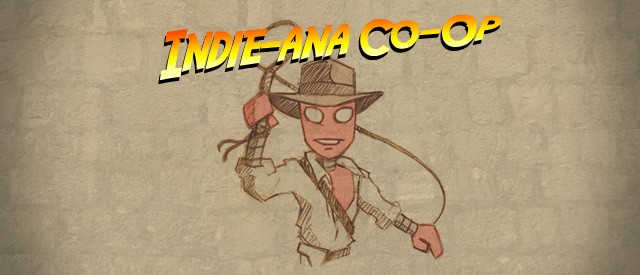Finding the Fun
The office buzzed with activity as my three coworkers and I labored intensely to bring about one another’s demise. We squabbled for territory, cursed the ineffectiveness of our weapons, and heralded our victories. An hour beyond what should have been the end of our daily playtesting session, we halted and came together. The team was all smiles. Our game, Retrovirus, was starting to develop that magical "it."
Fun
Our team’s roots are firmly planted in the fertile soil of LAN multiplayer gaming. We all grew up lugging CRT monitors around in the back of our parents’ cars and fragging the night away. Our first game, Sol Survivor, was the product of those LAN parties. It was our attempt to bring all of our favorite elements of Warcraft III tower defense maps into one package, and to give it our own twist. By our own measure we succeeded, and we gained a trove of knowledge and a modest war chest with which to produce a second title.
Sol Survivor taught us a lot about the interplay between single player, co-op, and competitive multiplayer. One of our most critical lessons was on the subjectivity of fun. Gamers are not all motivated by the same desires. For Retrovirus, it was clear we had to find a way to cater to casual, explorer- and socializer-type players while still offering challenging content for our competitive gladiators and our achievement seekers.

Jump forward nearly a year and a half from the release of Sol Survivor to late 2011. Retrovirus is starting to feel like a few slivers of a game. On one side, we were nurturing a single player that was only just starting to express some of the game’s story. On the other, we were casually toying with small-group competitive multiplayer. For a third-party demo deadline, we scraped together co-op functionality, creating a third sliver. Though all three parts are underdeveloped individually, each one informs the other, creating feedback loops which quickly highlight problems and successes alike. In forcing ourselves to think about our core game mechanics from different angles, we force ourselves to get to the core of what makes our game fun in general.
Retrovirus will contain all three of the game components we find necessary to appeal to the different types of fun seekers. We will have a single player mode, for players to explore and achieve. We will have competitive modes, allowing players to achieve and dominate. Finally, and certainly critical for this venue, we will have co-op, allowing players to achieve, explore and socialize. As these modes unfold together, they improve one another, bringing up the overall standard of the game as it builds toward a finished product.
Explosive Potential, or How I Learned to Quit Worrying and Love Co-Op
If you’re reading this, the chances are good that you sing the praises of co-op gaming without need of encouragement. Interestingly, for us at Cadenza, Sol Survivor was a wake up call. Co-op was less a core decision as it was a logical possibility that wasn’t difficult to include. We were oh so satisfyingly wrong.
